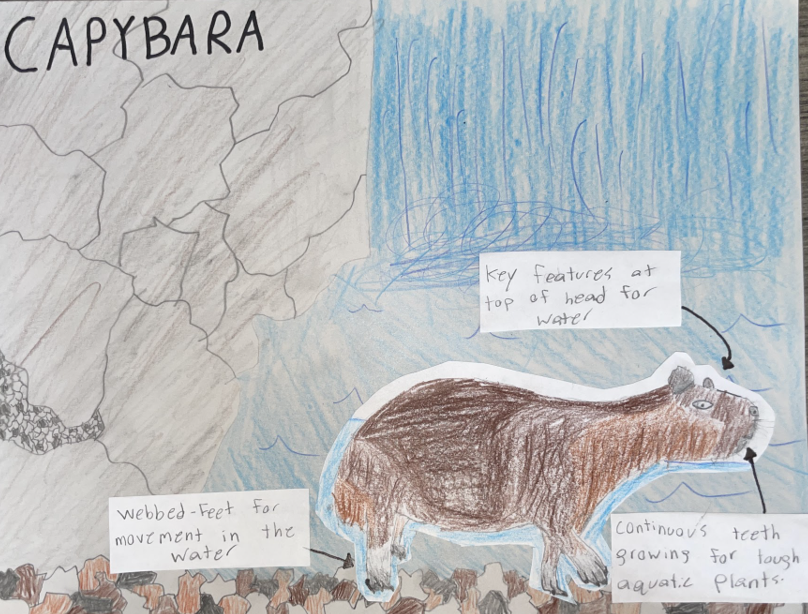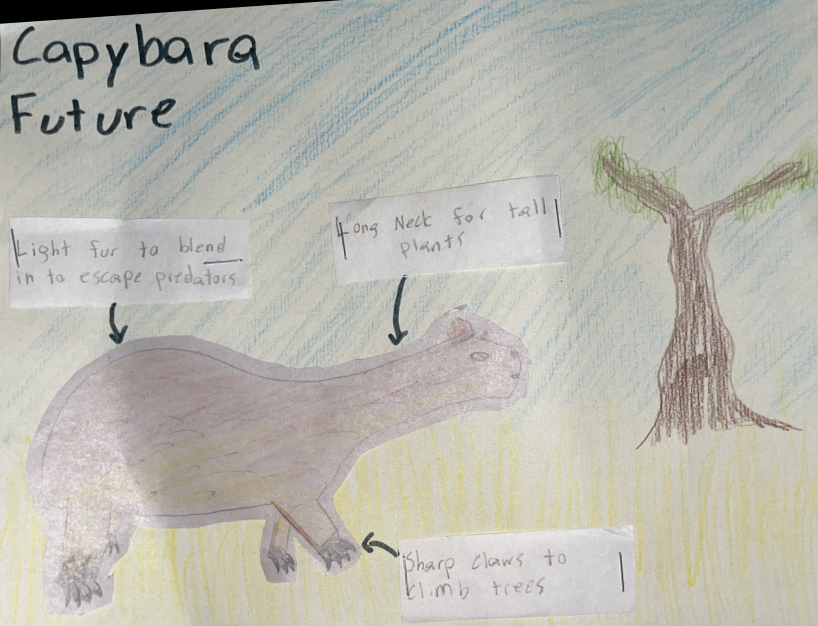The capybara, currently a semi-aquatic mammal thriving in the wetlands of South America, would undergo significant adaptations over thousands of years due to the long-term effects of climate change. In its present environment, capybaras have webbed feet that aid in swimming and maneuvering through water, a broad head that helps them navigate submerged habitats, and continuously growing teeth for grazing on tough aquatic plants. However, with the shift in climate and habitat changes, such as inland rainforests becoming savannas or mixed woodlands, the capybara would evolve drastically. Its fur would become lighter in color, allowing it to blend into the golden grasses of open landscapes. The capybara's neck would elongate to access taller plants, and sharp claws would develop for climbing trees to escape predators or find new food sources. These adaptations would ensure the capybara’s survival in a world where its environment has drastically transformed.
Contact us
Thank you for your interest in contacting Future Engineers. We look forward to connecting with you!
General Inquiries
support@futureengineers.orgSponsorship Inquiries
sponsor@futureengineers.org

